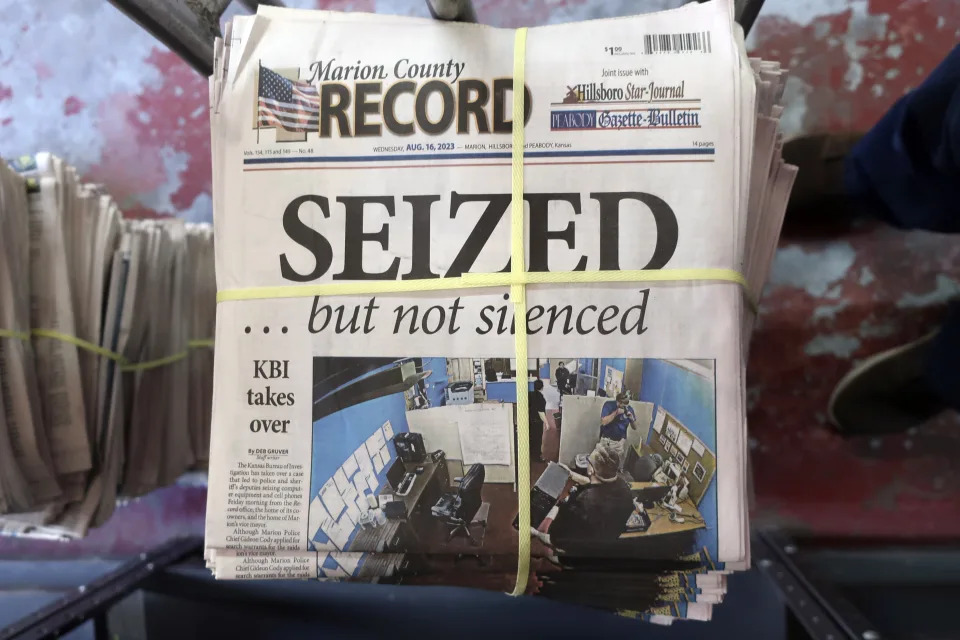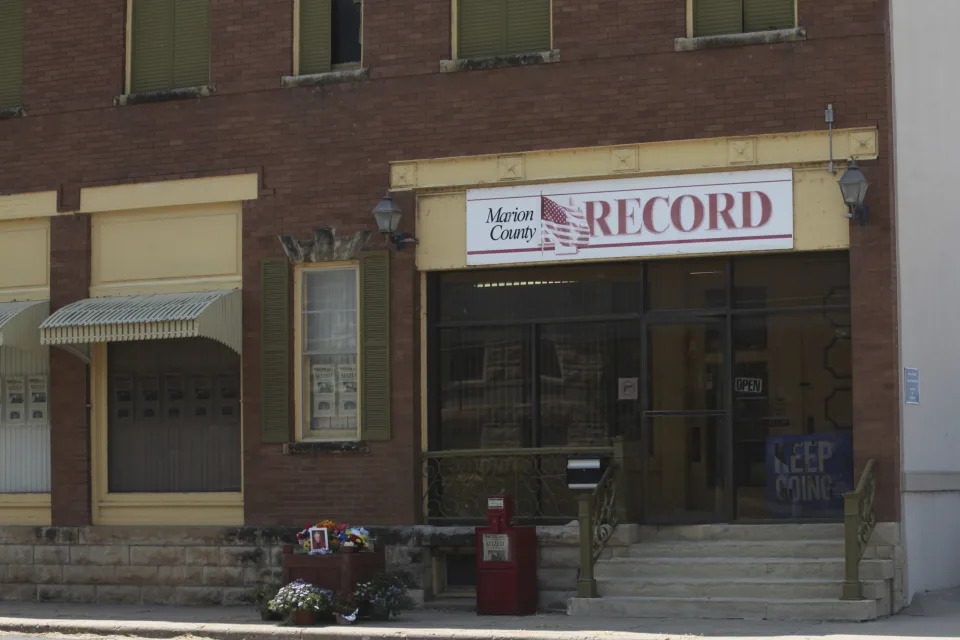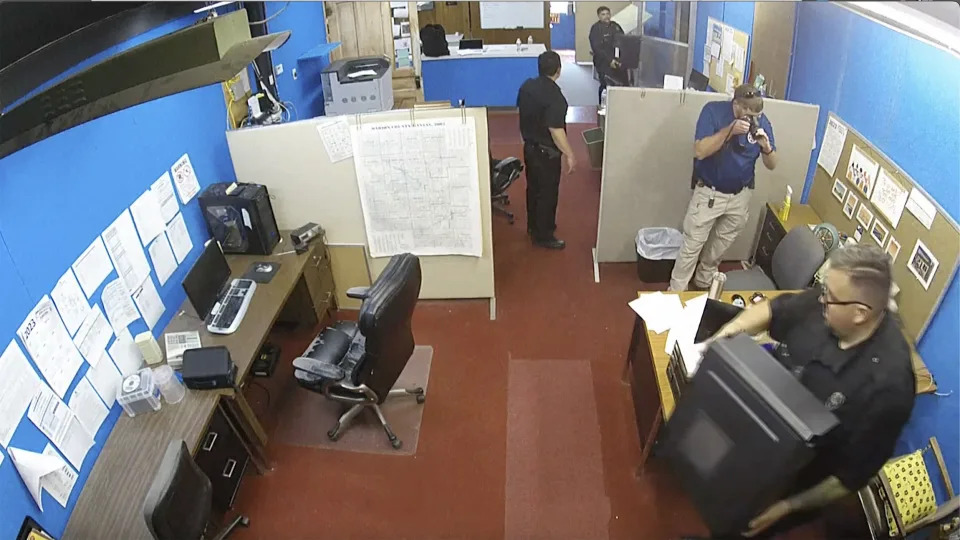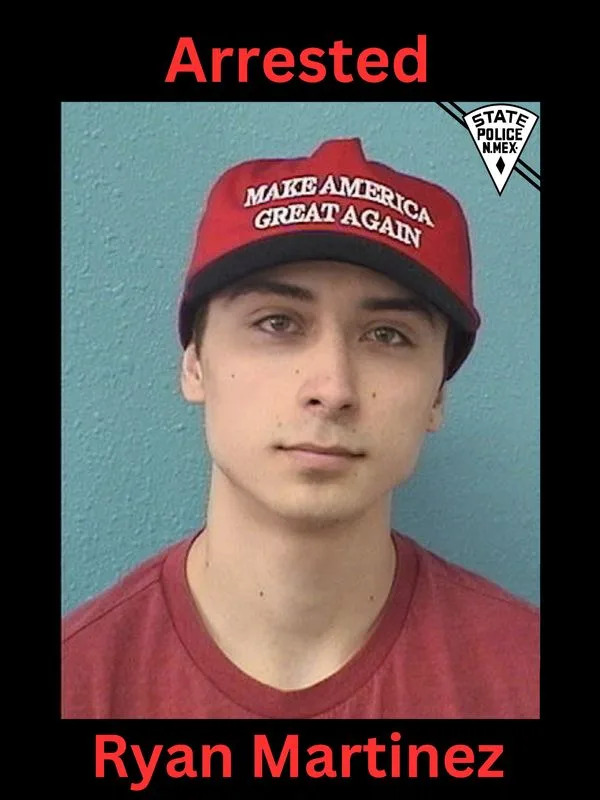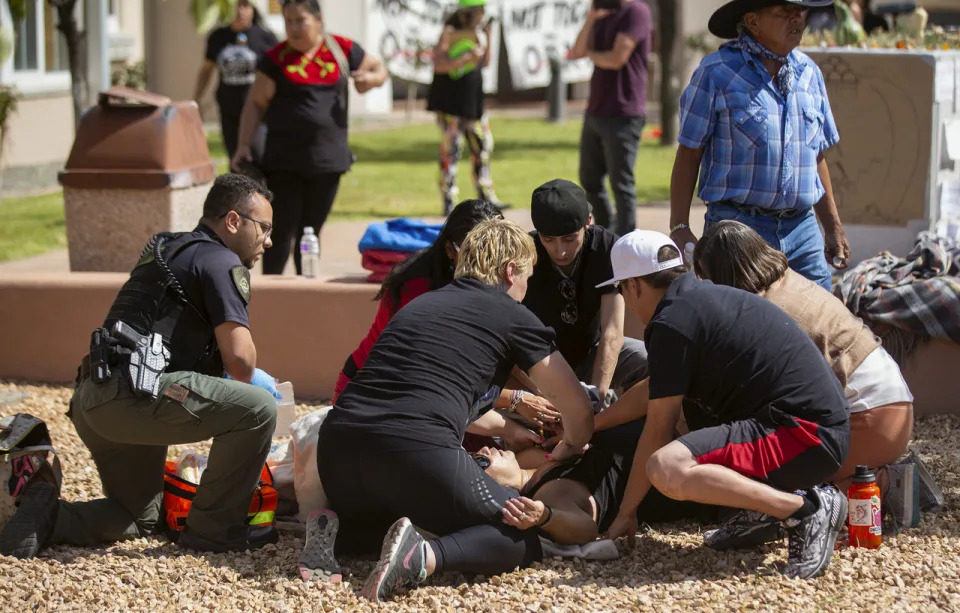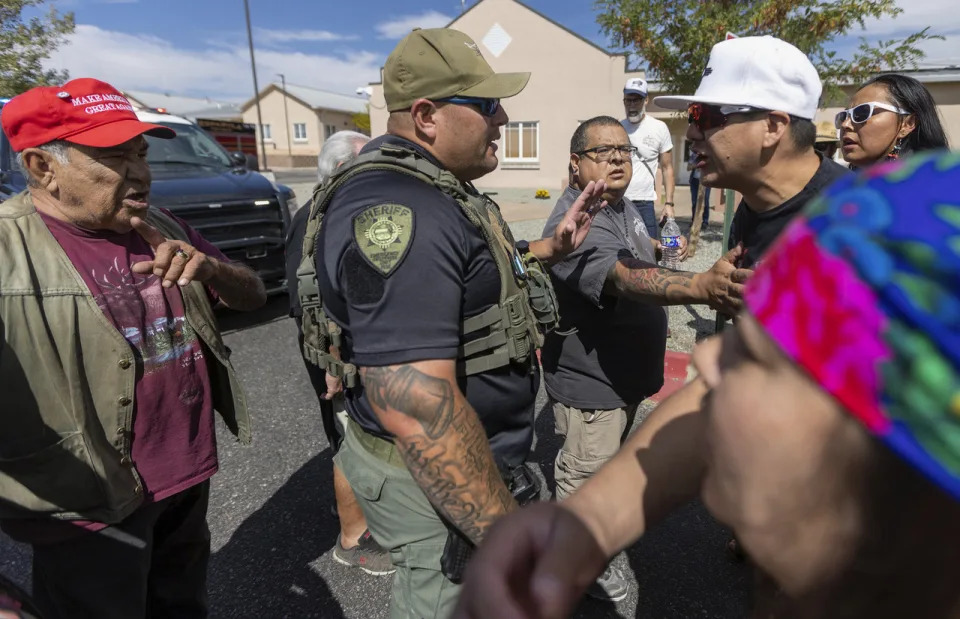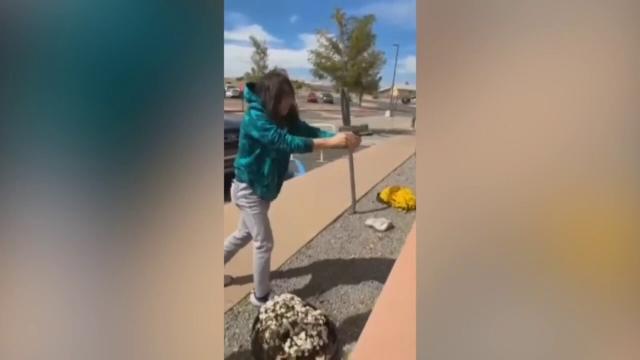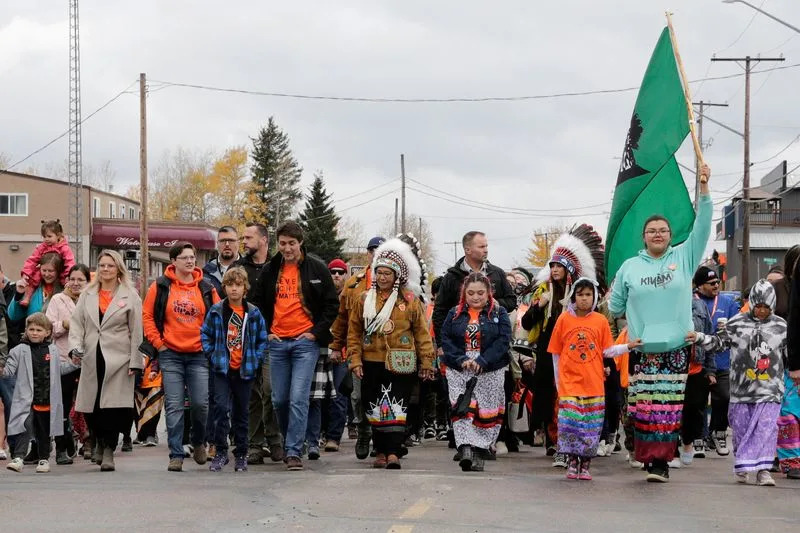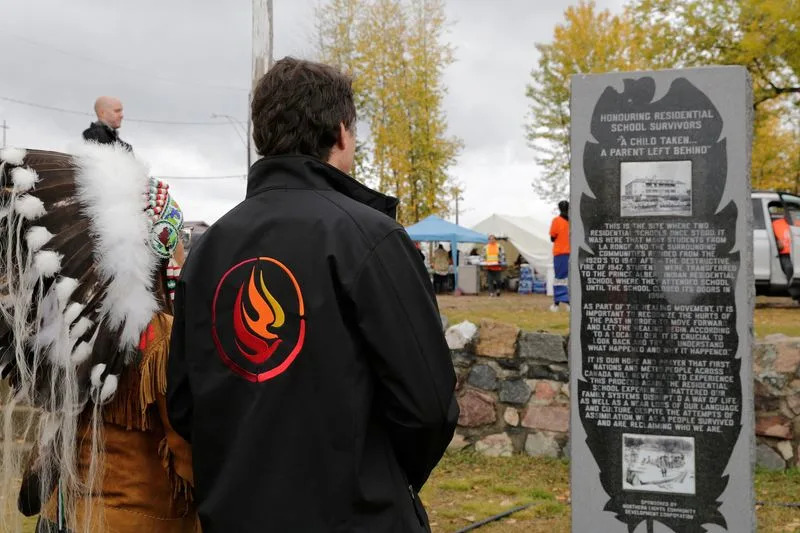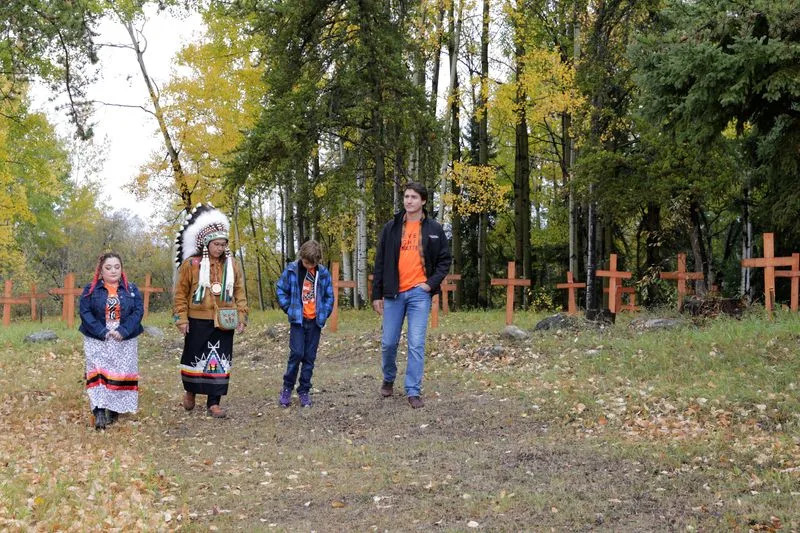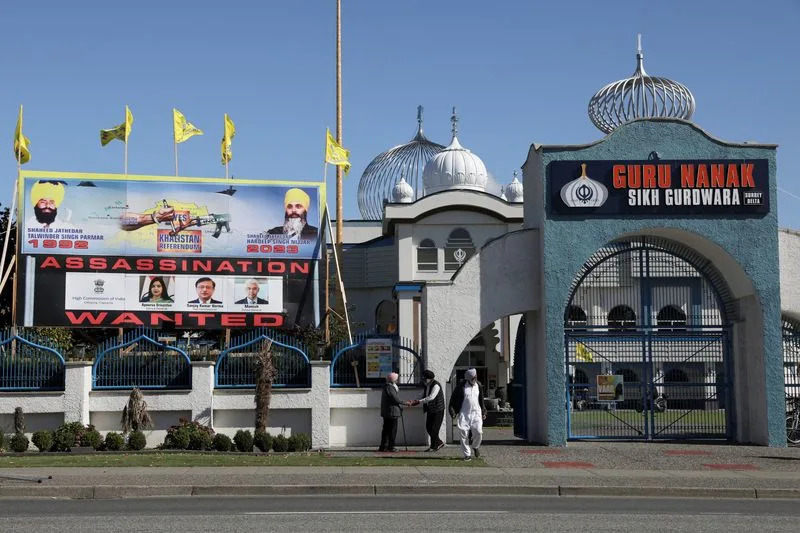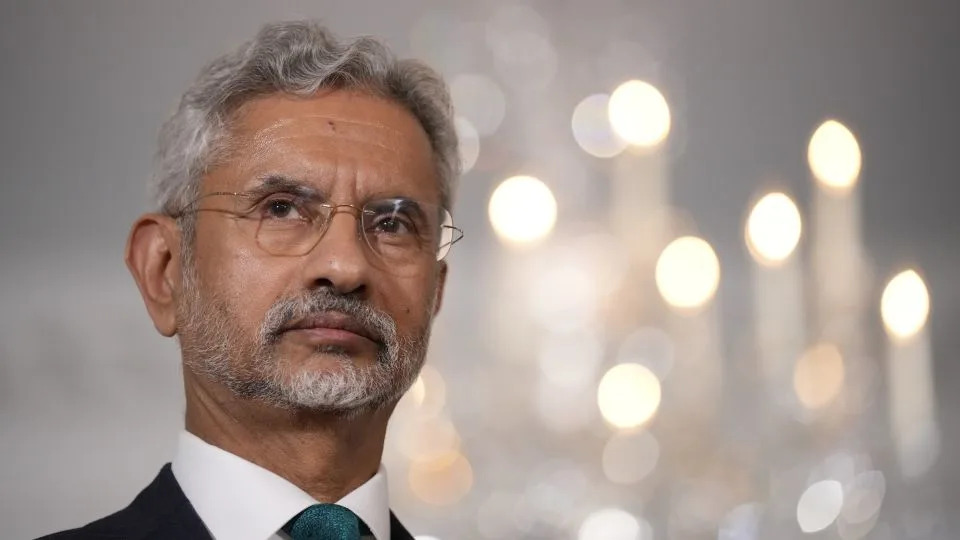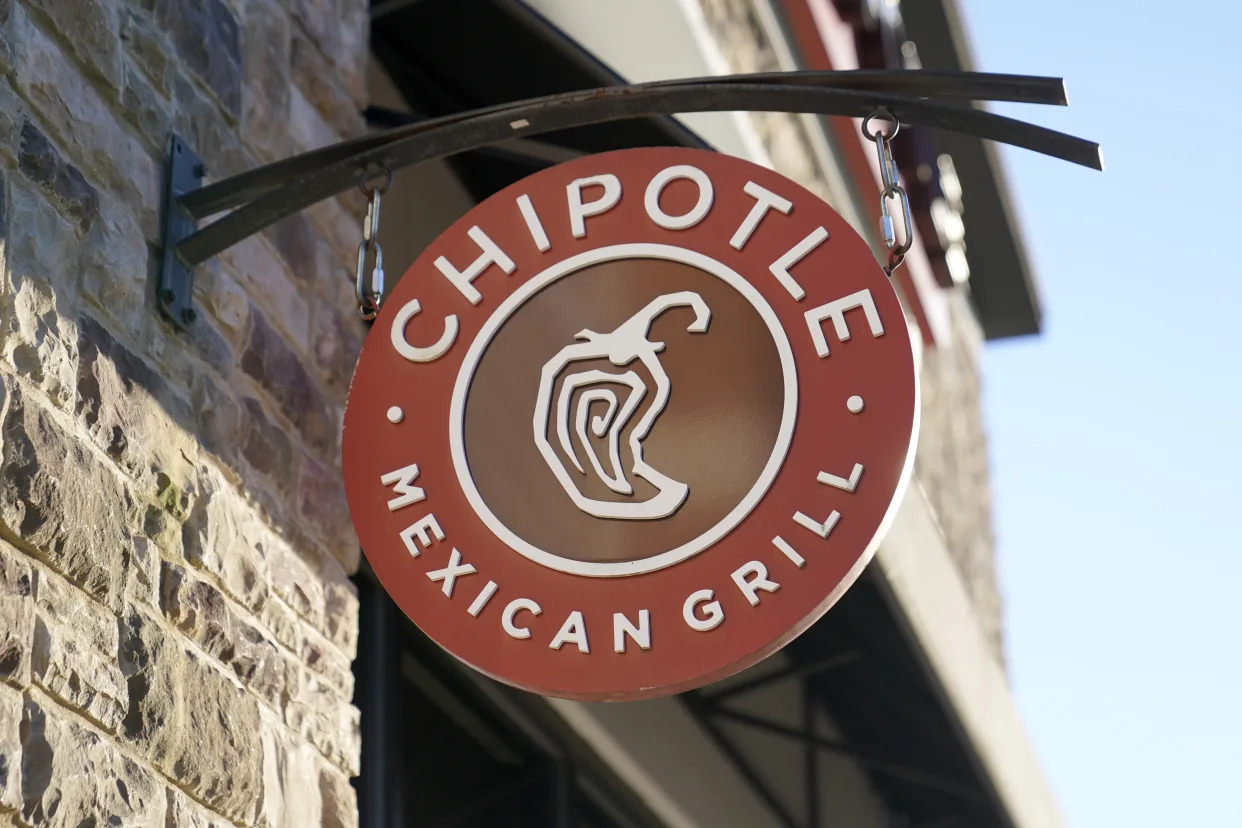The most recent events in the wake of Canadian allegations against India on the alleged killing of a Sikh separatist and the ongoing war in Europe are tests for American diplomacy. There is no doubt nations are looking at United States for leadership in finding amicable solutions to complex diplomatic issues. America is also focusing on its strategic interests by trying to realign and establish partnerships.
On Sept. 18, Canadian Prime Minister Justin Trudeau dropped a bombshell allegation against India in the alleged killing of a Sikh separatist in Canada. This briefing in the Canadian House of Commons occurred right after Trudeau returned to Ottawa from India after the G20 summit. The meeting apparently did not go well for Trudeau as there were ongoing tensions between the two countries about the Khalistan movement in Canada. Although the reasons behind going public without disclosing the evidence and the timing of such an announcement by the Canadian Prime Minister are not well understood, certainly it has created a diplomatic standoff between two important nations bringing global attention. This situation has put the United States in a diplomatic hotspot as it tries to be a mediator between an ally and a strategic partner.
It is common in situations of such sensitivity; discussions happen in private settings by providing compelling evidence to back up the allegations. The United States has been trying to be an effective mediator by coordinating with the Canadians to complete the investigation while encouraging India to cooperate. The government of India has stated that if Canada provided any reliable evidence, it would certainly cooperate with the investigations, which was echoed by Dr. S. Jaishankar, External Affairs Minister of India during his current visit to the United States.
Given the rising clout of India on the global stage, being the most populous nation on earth with the 5th largest economy, nations are handling the situation carefully so tensions do not escalate. That is the reason there has not been a public condemnation of India by the United States, United Kingdom and Australia, who are expecting that the investigations in Canada would produce result that can be shared. The muted response by leading nations for Canada’s allegation is a clear diplomatic strategy, while encouraging proper investigation to provide results.
The United States understands the importance of India, all the way acknowledging the long-standing support of Canada by being an ally and one of its largest trading partners. In the past 20 years the friendship between the United States and India has been on an upward trajectory, which is valued by the two nations and other freedom-loving countries due to the enormous possibilities in the global security, economy, and political arenas. Amidst the ongoing diplomatic spat between India and Canada, the United Kingdom has not halted the trade talks with India and is expected to reach an agreement soon.
The relationship between the United States and India is getting strengthened with many high-level visits and talks as is evident by the first state visit of Prime Minister Modi to the United States in June. This visit resulted in bilateral collaborations in science and technology and strengthening the semiconductor supply chain between the two nations and increasing investments in chip manufacturing and research in India by U.S. companies. Likewise, President Biden visited India for the recent G20 summit in New Delhi which had high level absentees such as President Xi of China and President Putin of Russia. This event was a witness to the rising clout and global aspirations of India, and its interest to engage with the global north to create win-win strategic partnerships. India and the United States view China as a competitor and challenge, and hence joining forces in technology, defense and global security arenas will weaken China and would benefit the world.
“There is today, you have a very compelling need for India and United States to work together,” said Dr. S. Jaishankar while touring United States recently for the United Nations’ general assembly. When pressed about the areas of cooperation, he answered that there are opportunities for partnerships in technology, defense and security, and geopolitics. The two nations have ongoing collaboration in initiatives such as India-U.S. Initiative on Critical and Emerging Technology, given the importance of AI, cyber security, and information sharing.
The United States values India as a strategic partner and a friend to counter the influence of China in the Indian Ocean region as a way of bridging the divide between North and South and engaging the West with the East. This strategic partnership may prove valuable in countering China’ s political growth in Africa and the Indo-Pacific zone and strengthen the supply chain in security tools and products of critical needs.
In a joint statement issued during the G20 summit, President Biden and Indian Prime Minister Modi called on their respective governments to strengthen strategic partnerships, emphasizing the importance of freedom, democracy, pluralism, and equal opportunities for all citizens.
India aspires to be a developed nation in the next 25 years, which is focused on growth termed as “Amrit Kal,” and is wanting a seat in the UN Security Council as a permanent member. The partnership with United States will prove valuable toward achieving these goals. Given India’s global presence and strength in the IT and service sectors, and its investments in space research by becoming the first nation to land on the south pole of moon, the United States can gain a reliable partner for its global outreach, particularly in the South. Recently, the U.S. State Department has released a report on the information manipulation by China and hence having a global IT powerhouse like India will help with tackling cybercrimes and counter Chinese false propaganda.
U.S. Secretary of State Antony Blinken and India’s External Affairs Minister Dr. Jaishankar met Thursday to further strengthen the bilateral partnership. Certainly, there were discussions on the ongoing diplomatic spat between India and Canada and such private discussions may prove to be more productive and fruitful.
The United States is practicing right diplomacy by constantly engaging with growing global power India. Engaging in high-level discussions by the United States in closed settings and some backchannel-door diplomacy would help with easing tensions between India and Canada.
The United States’ handling of the India-Canada tensions with careful diplomacy gives confidence in the role of America in a multi-polar world. The partnership between the United State and India and engaging with common friends and allies will result in enormous possibilities for a secure world.
Dr. Seshadri Ramkumar is a professor in the department of environmental toxicology at Texas Tech University.
This article originally appeared on Lubbock Avalanche-Journal: Ramkumar: The United States in a multi-polar world
